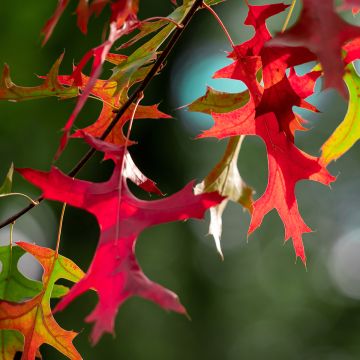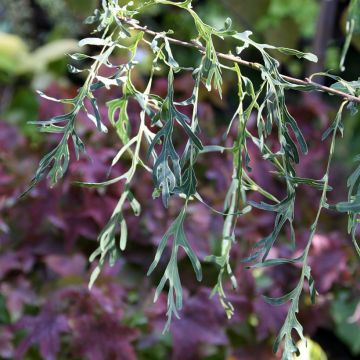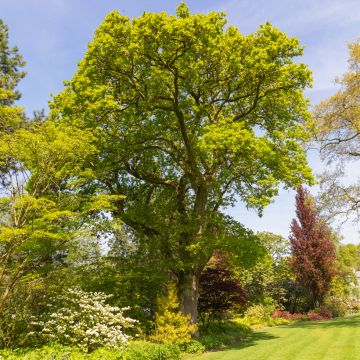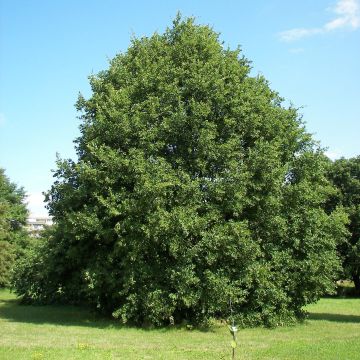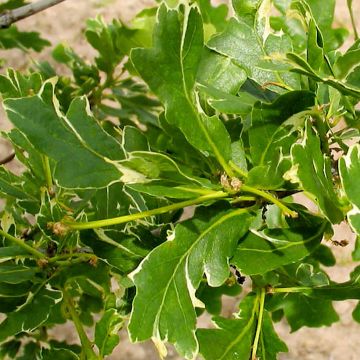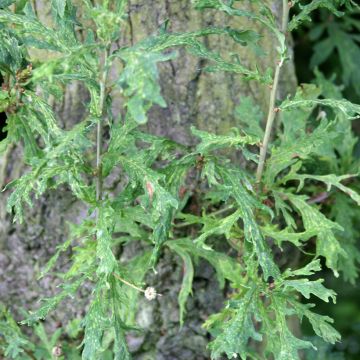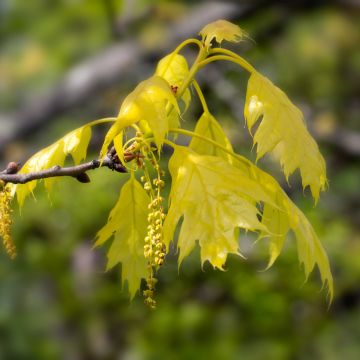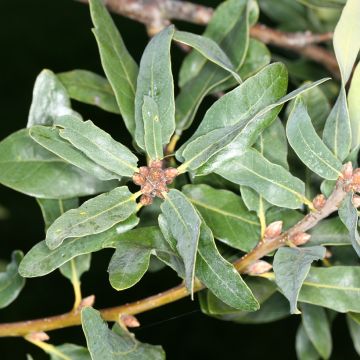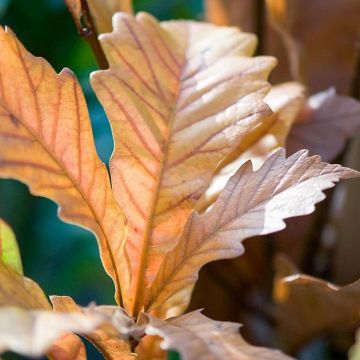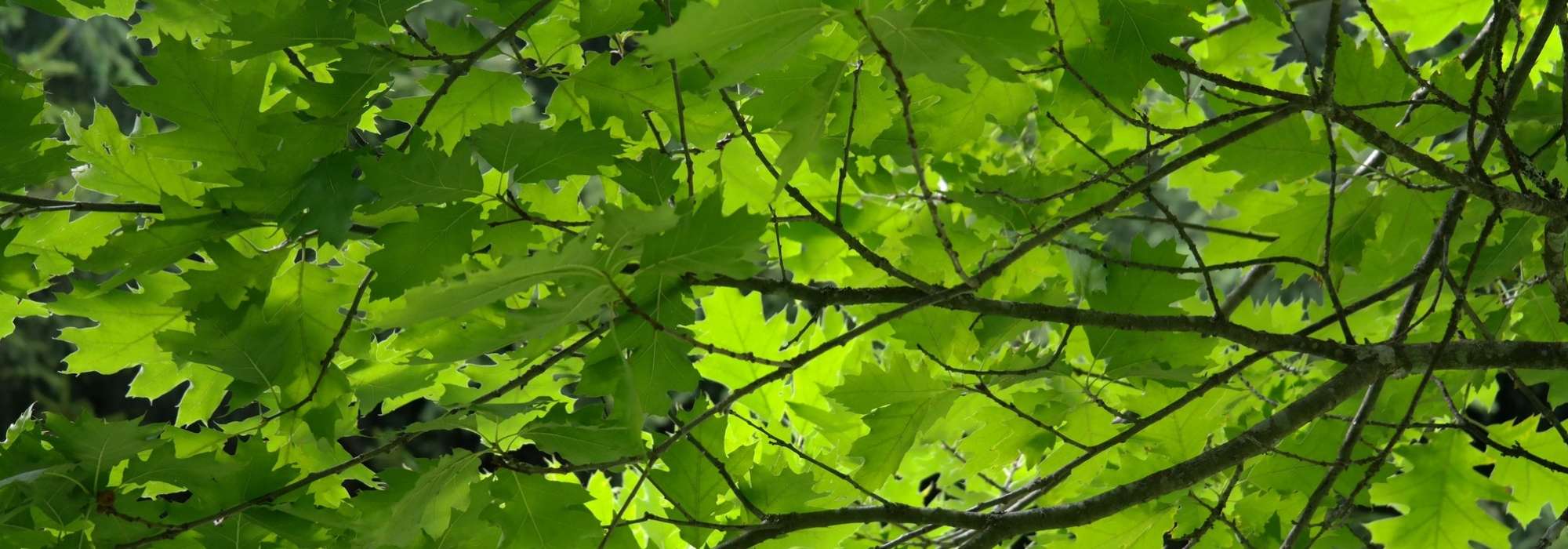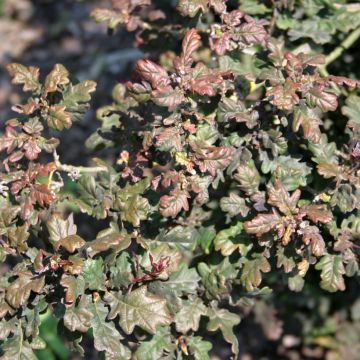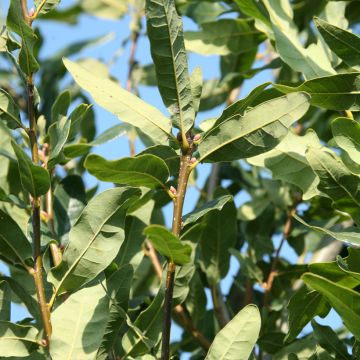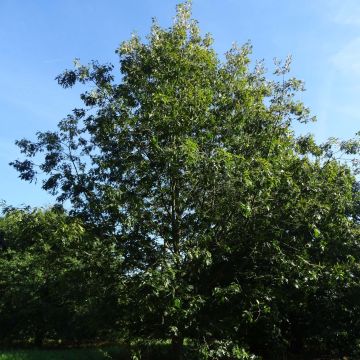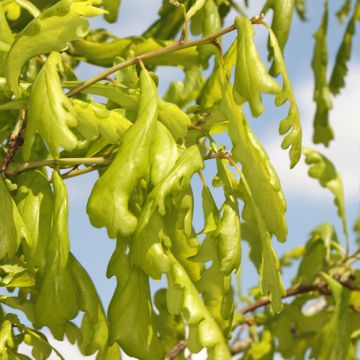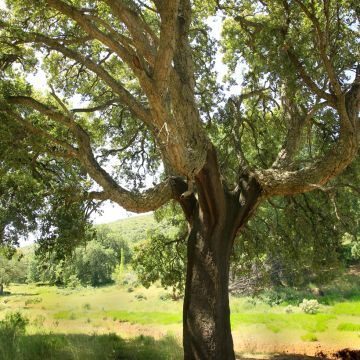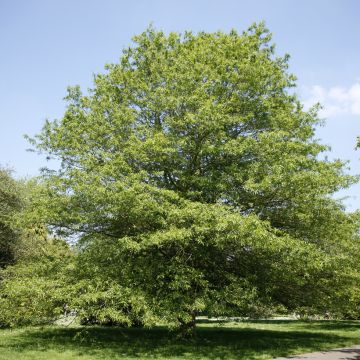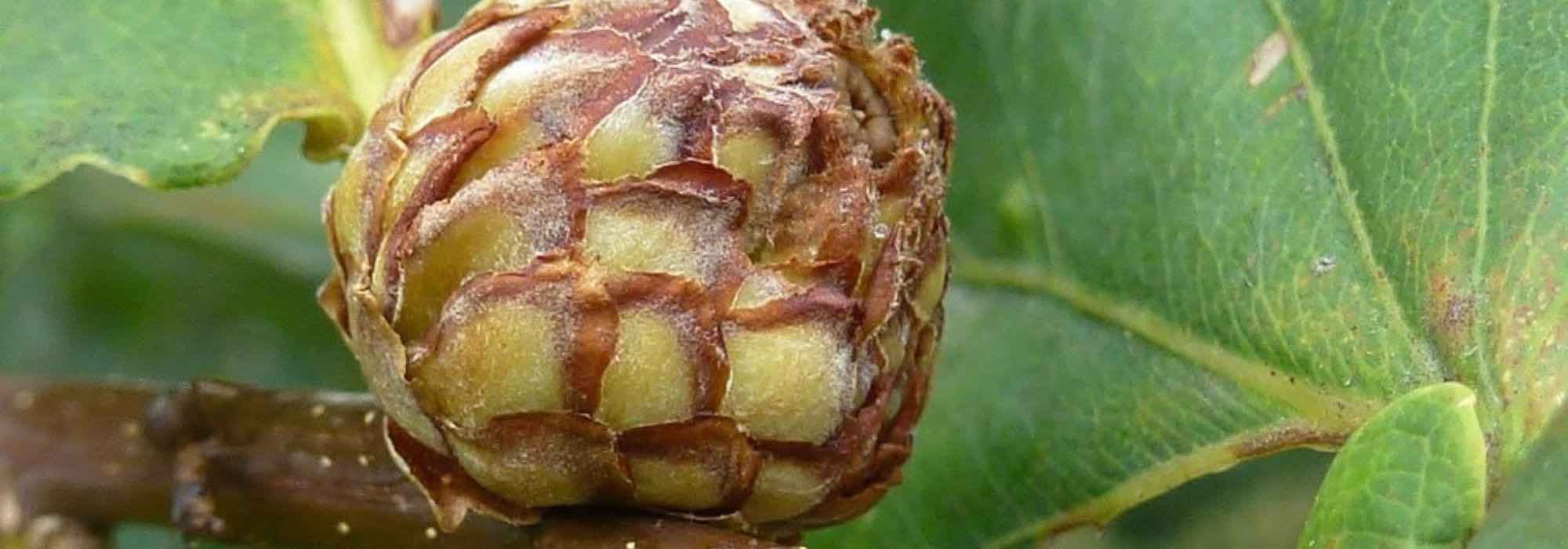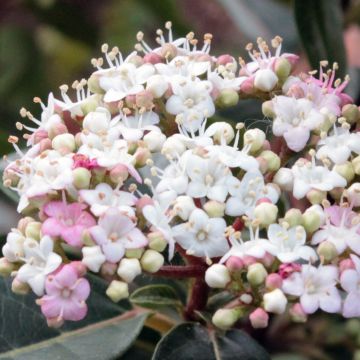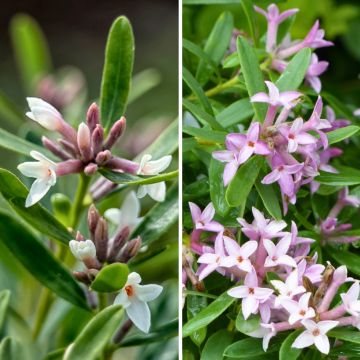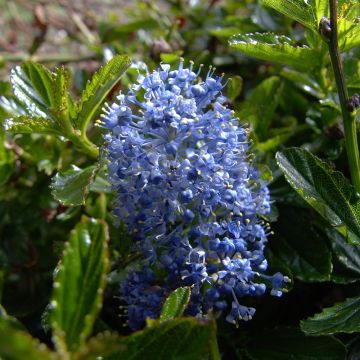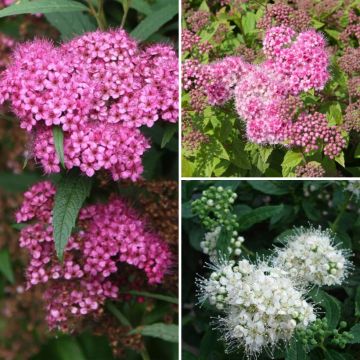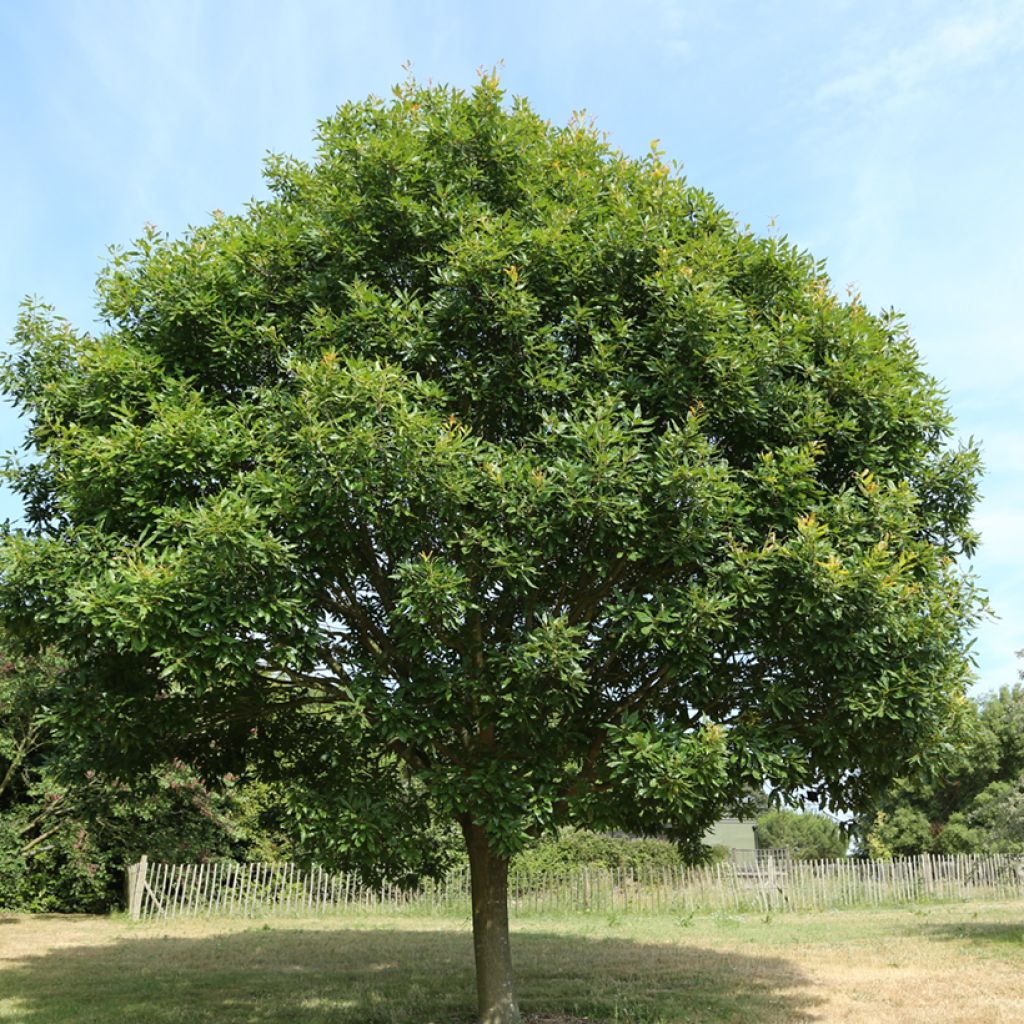

Quercus petraea Mespilifolia - Sessile Oak
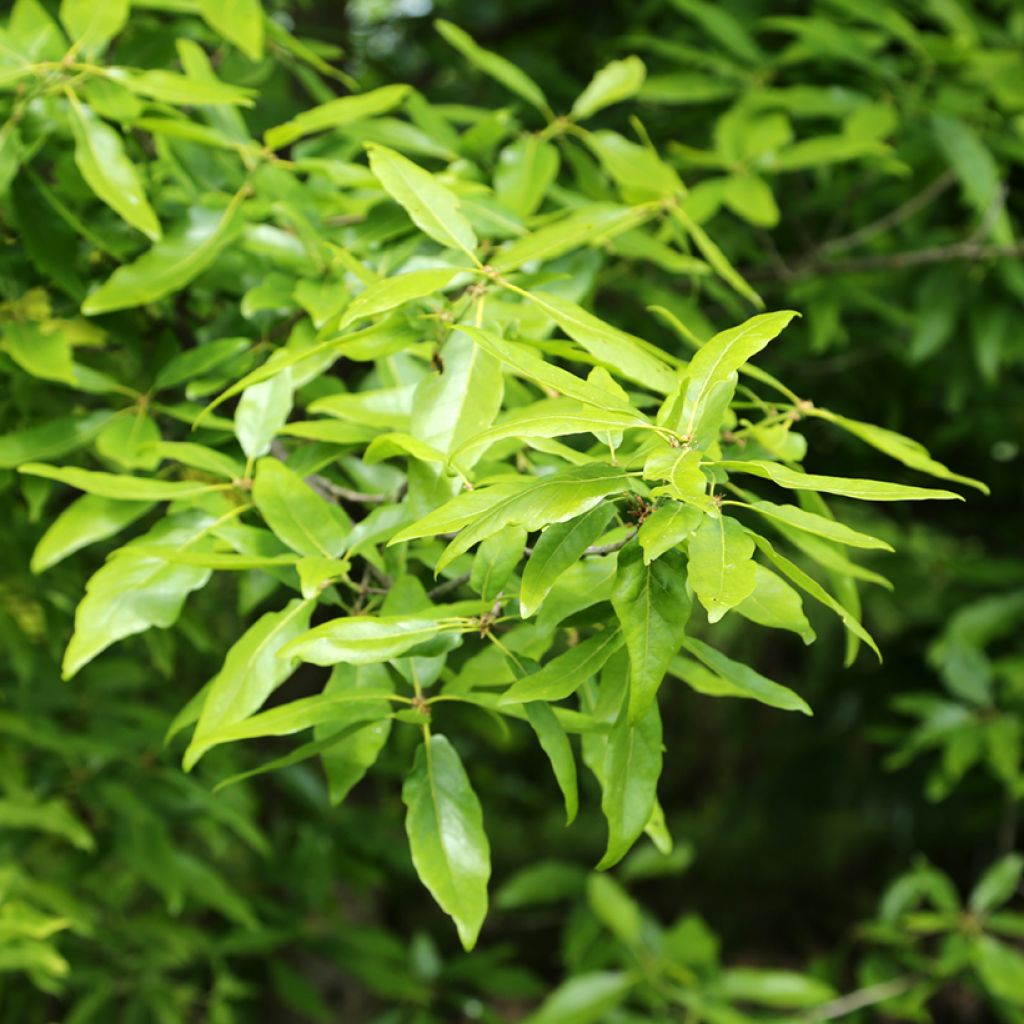

Quercus petraea Mespilifolia - Sessile Oak
Quercus petraea Mespilifolia - Sessile Oak
Quercus petraea Mespilifolia
Sessile oak, Durmast oak
Special offer!
Receive a €20 voucher for any order over €90 (excluding delivery costs, credit notes, and plastic-free options)!
1- Add your favorite plants to your cart.
2- Once you have reached €90, confirm your order (you can even choose the delivery date!).
3- As soon as your order is shipped, you will receive an email containing your voucher code, valid for 3 months (90 days).
Your voucher is unique and can only be used once, for any order with a minimum value of €20, excluding delivery costs.
Can be combined with other current offers, non-divisible and non-refundable.
Why not try an alternative variety in stock?
View all →This plant carries a 24 months recovery warranty
More information
We guarantee the quality of our plants for a full growing cycle, and will replace at our expense any plant that fails to recover under normal climatic and planting conditions.
Would this plant suit my garden?
Set up your Plantfit profile →
Description
Quercus petraea 'Mespilifolia' is a variety of English Oak, with medlar-like leaves. This tree produces lanceolate to oblong, elongated green-yellow leaves. In spring, the first leaves are non-lobed and distinguish it clearly from the species. The leaves produced later in the season show more similarities, with an entire and slightly wavy leaf margin. The tree has a wide and open crown with slightly pendulous branches. This variety is one of the most well-known among English Oak cultivars. It has beautiful deciduous foliage that provides pleasant shade in summer and produces numerous acorns that are enjoyed by small animals. Its growth, although more modest than the species, still requires space and a large garden.
The English Oak, also known as sessile oak, durmast oak, rock oak, or black oak, belongs to the Fagaceae family. It is native to a large part of temperate Europe. It thrives in sub-oceanic to oceanic climates, or continental climates without excessive dryness. It is a spontaneous species found in hills and low mountains, where it can be found up to 1600m in altitude. It prefers well-drained, slightly acidic to neutral loamy-sandy soils that are moist, deep, and permeable.
In its natural habitat, it can reach a height of 40m with a spread of 25 to 30m, while its trunk can measure up to 2m in diameter. In gardens, it will reach an average height of 27m with a spread of 20m. This oak can live up to 1000 years according to some estimates. Deciduous oaks have the advantage of producing good and abundant leaf litter, which is beneficial for the growth of plants that germinate under their canopy.
The growth of this oak is rather slow. Its habit is massive, slightly wider than it is tall. The quite short trunk is covered with initially green and smooth bark, which later becomes dark, thick, and slightly fissured. The crown has an irregular, rounded oval shape and is open. Its young branches are smooth, grey-brown, and shiny. The late deciduous foliage, consists of long-petioled, alternate, soft, obovate leaves that can reach 5 to 15cm in length and 3 to 8cm in width. Each leaf is divided into 9 to 12 slightly marked and irregular rounded lobes, separated by relatively deep sinuses. The leaf colour is medium green, matte on the upper surface, and paler on the lower surface. The leaves turn brown quite late in autumn and remain attached to the branches before falling. This oak flowers in April-May, shortly after the appearance of the leaves, on annual shoots. The female flowers are located in a cupule directly attached to the branch: this distinctive characteristic is the origin of the species name, sessile. The male inflorescences are elongated, pendulous catkins tinged with yellow. They are produced at the base of the annual shoots. The female flowers, in the axils of the leaves, give way to ovoid and elongated acorns, measuring 1.5 to 3cm in length. They are often grouped in 2 or 3, directly on the branches. A cupule covered with scales covers one-third of the acorn. The colour changes from green to brown when ripe, in September and October. The root system of this tree is deep and powerful, with both a taproot and extensive lateral roots, ensuring a strong and durable anchorage in deep and sandy soils.
Quercus petraea 'Mespilifolia' reaches a height of 16 to 20m at maturity with a spread of 7 to 12m.
Plant the 'Mespilifolia' English Oak individually or in rows, in a very large garden. It also provides pleasant shade, which allows light to filter through in winter. Its acorns, sometimes produced abundantly, feed small animals such as squirrels and jays. It can be associated, for example, with maples, plane trees, hackberry (hardy even in the north), lindens, and sophora in a large park. The root system of oaks, which tends to be deep, allows for the planting of companion plants: consider plants such as bear's breeches, Anemone blanda, Omphalodes verna, periwinkles, Naples cyclamen, dead nettles, shade-loving perennial geraniums, Ophiopogon, Liriope muscari...
Plant habit
Flowering
Foliage
Botanical data
Quercus
petraea
Mespilifolia
Fagaceae
Sessile oak, Durmast oak
Quercus petraea (Mespilifolia Group)
Western Europe
Other Oak
View all →Planting and care
Quercus petraea Mespilifolia grows in ordinary soil, but prefers deep, moist soil that is sandy and loamy, neutral or slightly acidic. However, it is an accommodating oak tree, capable of growing in less favourable soils, such as clay if well-drained, or rocky and slightly calcareous if deep. It dislikes waterlogged soils. Once established, this tree with deep roots can tolerate relatively dry summers and does not require any watering. This oak tree succeeds in almost all areas. It appreciates moist but well-drained soils, where its growth will be faster. It prefers sunny and open exposures. Place a sturdy stake to help it get started, follow the watering instructions, and then let nature take its course. Once established, this tree requires very little maintenance, except for the removal of dead wood. It is not prone to diseases, with the exception of powdery mildew on its foliage.
Planting period
Intended location
Care
Planting & care advice
This item has not been reviewed yet - be the first to leave a review about it.
Similar products
Haven't found what you were looking for?
Hardiness is the lowest winter temperature a plant can endure without suffering serious damage or even dying. However, hardiness is affected by location (a sheltered area, such as a patio), protection (winter cover) and soil type (hardiness is improved by well-drained soil).

Photo Sharing Terms & Conditions
In order to encourage gardeners to interact and share their experiences, Promesse de fleurs offers various media enabling content to be uploaded onto its Site - in particular via the ‘Photo sharing’ module.
The User agrees to refrain from:
- Posting any content that is illegal, prejudicial, insulting, racist, inciteful to hatred, revisionist, contrary to public decency, that infringes on privacy or on the privacy rights of third parties, in particular the publicity rights of persons and goods, intellectual property rights, or the right to privacy.
- Submitting content on behalf of a third party;
- Impersonate the identity of a third party and/or publish any personal information about a third party;
In general, the User undertakes to refrain from any unethical behaviour.
All Content (in particular text, comments, files, images, photos, videos, creative works, etc.), which may be subject to property or intellectual property rights, image or other private rights, shall remain the property of the User, subject to the limited rights granted by the terms of the licence granted by Promesse de fleurs as stated below. Users are at liberty to publish or not to publish such Content on the Site, notably via the ‘Photo Sharing’ facility, and accept that this Content shall be made public and freely accessible, notably on the Internet.
Users further acknowledge, undertake to have ,and guarantee that they hold all necessary rights and permissions to publish such material on the Site, in particular with regard to the legislation in force pertaining to any privacy, property, intellectual property, image, or contractual rights, or rights of any other nature. By publishing such Content on the Site, Users acknowledge accepting full liability as publishers of the Content within the meaning of the law, and grant Promesse de fleurs, free of charge, an inclusive, worldwide licence for the said Content for the entire duration of its publication, including all reproduction, representation, up/downloading, displaying, performing, transmission, and storage rights.
Users also grant permission for their name to be linked to the Content and accept that this link may not always be made available.
By engaging in posting material, Users consent to their Content becoming automatically accessible on the Internet, in particular on other sites and/or blogs and/or web pages of the Promesse de fleurs site, including in particular social pages and the Promesse de fleurs catalogue.
Users may secure the removal of entrusted content free of charge by issuing a simple request via our contact form.
The flowering period indicated on our website applies to countries and regions located in USDA zone 8 (France, the United Kingdom, Ireland, the Netherlands, etc.)
It will vary according to where you live:
- In zones 9 to 10 (Italy, Spain, Greece, etc.), flowering will occur about 2 to 4 weeks earlier.
- In zones 6 to 7 (Germany, Poland, Slovenia, and lower mountainous regions), flowering will be delayed by 2 to 3 weeks.
- In zone 5 (Central Europe, Scandinavia), blooming will be delayed by 3 to 5 weeks.
In temperate climates, pruning of spring-flowering shrubs (forsythia, spireas, etc.) should be done just after flowering.
Pruning of summer-flowering shrubs (Indian Lilac, Perovskia, etc.) can be done in winter or spring.
In cold regions as well as with frost-sensitive plants, avoid pruning too early when severe frosts may still occur.
The planting period indicated on our website applies to countries and regions located in USDA zone 8 (France, United Kingdom, Ireland, Netherlands).
It will vary according to where you live:
- In Mediterranean zones (Marseille, Madrid, Milan, etc.), autumn and winter are the best planting periods.
- In continental zones (Strasbourg, Munich, Vienna, etc.), delay planting by 2 to 3 weeks in spring and bring it forward by 2 to 4 weeks in autumn.
- In mountainous regions (the Alps, Pyrenees, Carpathians, etc.), it is best to plant in late spring (May-June) or late summer (August-September).
The harvesting period indicated on our website applies to countries and regions in USDA zone 8 (France, England, Ireland, the Netherlands).
In colder areas (Scandinavia, Poland, Austria...) fruit and vegetable harvests are likely to be delayed by 3-4 weeks.
In warmer areas (Italy, Spain, Greece, etc.), harvesting will probably take place earlier, depending on weather conditions.
The sowing periods indicated on our website apply to countries and regions within USDA Zone 8 (France, UK, Ireland, Netherlands).
In colder areas (Scandinavia, Poland, Austria...), delay any outdoor sowing by 3-4 weeks, or sow under glass.
In warmer climes (Italy, Spain, Greece, etc.), bring outdoor sowing forward by a few weeks.






























